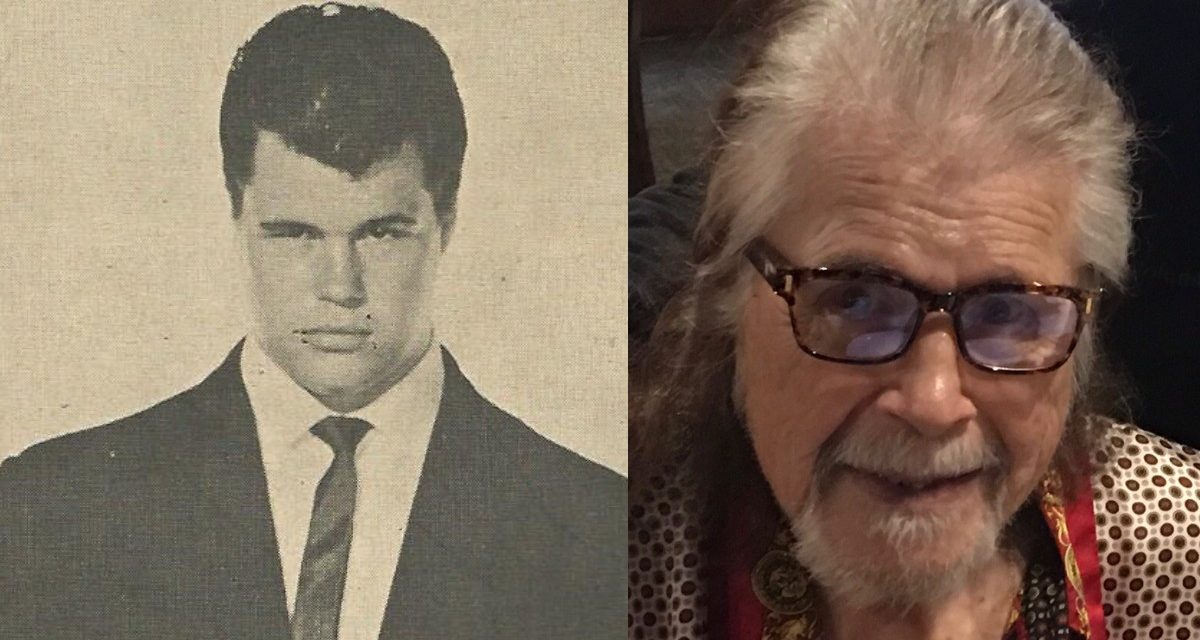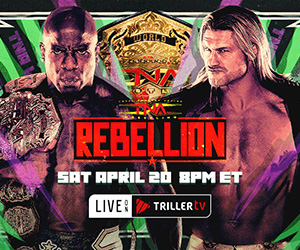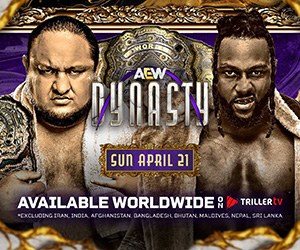What do you write when a close friend suddenly passes away? How do you come to terms with the news that a man that you admire and appreciate died? I am confronted by that exact situation. On Wednesday, I received the news that Robert G. Davis of League City, Texas had passed away at the age of 83. Davis was a friend and mentor. He was a source of great storytelling, humor, and kindness. As it was, Davis was also an iconic figure in the world of professional wrestling.
Before I get ahead of myself, I’d like to back up and start at the beginning. During the summer of 2018, I made the personal decision to write a biography about the original “Nature Boy” Buddy Rogers. The complexity of Rogers’ story was alluring to a detail-oriented researcher like me, but there were also aspects of his history that puzzled me. To answer those questions, I knew I had to track down the people closest to him, and at the center of that maze was the elusive “Manager of Champions” Bobby Davis.
From studying wrestling history, I knew that Davis was a pioneering manager and was at Rogers’ side when he ascended to the National Wrestling Alliance (NWA) world title throne in 1961. But there were elements of Davis’ life that I didn’t know and understand, and that was another mystery I was going to have to contend with if I was going to push forward with my Rogers biography. After tracking down the email address of Davis’ daughter, I sent an inquiry, hoping to open up a dialogue and get some of my questions answered.
Two weeks later, my phone rang and the caller ID read, “Columbus, Ohio.” I answered the phone with anticipation, and once I heard the voice on the other end, I knew exactly who it was. “Hello, Mr. Davis,” I said. “How did you know it was me?” Davis asked, laughing. With that, our friendship began.
Davis was born to Glenn and Lillian Davis on October 23, 1937, in Columbus, Ohio. He was raised in a conservative, middle-class household on the northern side of the city. His father was a longtime employee of the Wolfe Wear-U-Well Shoe manufacturer, and worked his way up from branch manager to treasurer during his 43-years with the company. Glenn and Lillian were active in social circles, and were regulars at church on Sunday mornings.
An only child, Davis became enthralled by wrestling at 13 years of age. He was interested in all forms of athletics, but grappling quickly became his passion, and he started as an amateur in high school. He lifted weights and endured a rapid growth spurt in his teens that gave him confidence beyond his years. Living in Columbus exposed him to the madcap realm of professional wrestling, and Davis was soon ensnared by the likes of Ruffy Silverstein, “Big” Bill Miller, and the colorful line-up of characters appearing for local promoter Al Haft.
Wrestling throughout Ohio was big business, and Haft ran a far-reaching empire with an elaborate television set-up. For anyone living in the Columbus area between the late 1940s and mid-1950s, it would’ve been difficult to ignore the massive wave of popularity surrounding the mat business. For Davis, it was more than a brand of entertainment to enjoy on television. He saw it as the gateway to a potential career. He started traveling down to the Memorial Hall, and waited outside the venue to interact with the wrestlers as they entered the building. He offered to carry their luggage, and as payment, he’d get to see the matches for free.
Not before long, Davis was on a first name basis with many of the performers, and was soon invited to train at Haft’s gymnasium, much to the dismay of his parents. On one afternoon, he strayed from his normal routine and headed to an address near Ohio State University. With little trepidation, he boldly knocked on the stranger’s door and came face-to-face with his wrestling idol, the “Nature Boy” Buddy Rogers. Rogers, known for his eccentric personality and flashy in-ring style, invited Davis inside, offering him a cup of cider, and the two had a pleasant conversation. It was a landmark moment in Davis’ life – one that he’d never forget.
As he got older, he was encouraged by Haft to enter the ring, and Davis was fearless. By 1956, the 19-year-old was mixing it up with much older competitors, and also began working as a manager for Don Stevens. Stevens was a former weightlifting champion and Haft felt he needed a sound ally to improve his skills. Davis was the right man for the job. In early 1957, Davis and Stevens migrated to the northeastern territory to work for Joe “Toots” Mondt, and the latter quickly became a fatherly figure to Davis.
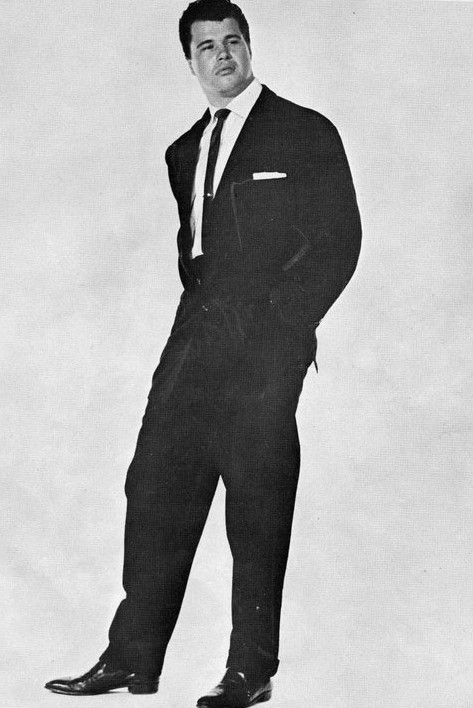
Billed as the “Elvis Presley of Wrestling,” Davis began to better develop his ring personality while working in what would later become the base territory for the World Wide Wrestling Federation (WWWF). As a heel manager for Dr. Jerry Graham, he was equally eccentric and troublesome, helping his man win by whatever means necessary. His illegal antics were enough to turn stoic crowds in rabid mobs. During promos, Davis spoke articulately and confidently, telling the audience how and why his wrestler was going to prevail with ease. Davis was dressed to the nines, typically in a tuxedo jacket, and when the occasion called for it, he’d slip into the ring to aid his charge. However, it usually ended up with the babyface pummeling him unmercifully to the delight of the crowd.
One of his biggest runs came as the manager of the Graham Brothers, comprised of Dr. Jerry and Eddie Graham, in 1958. Facing off with top favorites Antonino Rocca and Miguel Perez, the Grahams drew a $40,000 house at Madison Square Garden on July 12, 1958. Five months later, on December 1, the same teams drew over 20,000 to the Garden to the tune of $62,847. The Grahams were on the losing end, but it was to be expected. Promoters wanted the heroes, Rocca and Perez, to send the audience home happy.
In December 1958, Davis reconnected with Rogers in Ohio, and a plan was formulated for the two to help Haft promote the territory. With Rogers as the top star and Davis as the devious manager of the region’s leading heels, they had plenty of ammunition to spark attendance. That’s what they did. With shrewd booking and exciting angles, the territory thrived. Notably, Davis didn’t manage Rogers in 1959, but instead worked against him while leading Buddy Austin, Fritz Von Goering, and Johnny Barend. Once again, Davis wasn’t afraid to put his body on the line for the sake of the action, and he routinely took big bumps and bled heavily to sell the drama.
Seeking greener pastures, Davis and Rogers discussed the possibility of heading to the northeastern territory in early 1960. Rogers wasn’t convinced Mondt would welcome him because of prior differences, but Davis felt he could straighten things out. He was right. He called Mondt and an arrangement was made to bring the duo to Capitol Wrestling beginning in April of that year. Instead of Davis working on the opposite side of the ring from Rogers, he was now his manager, and the two caused unprecedented trouble from day one. Rogers silenced foe-after-foe with his figure-four grapevine, and then Davis would enter the ring to kick his fallen opponent for good measure. Crowds went insane with fury, and houses popped across the territory.
Davis and Rogers did some of their best work during TV appearances in Washington, D.C. and Bridgeport, which serviced a wide area, from the northeast to Chicago. They knew what buttons to push to successfully build up feuds, and their approach was a mix of first-class interviews and out-and-out physical aggression. Money poured into the coffers of Capitol Wrestling, and shortly after Rogers was named NWA U.S. champion in 1960, there was talk of elevating him to the world championship. With backing from Mondt, Vince McMahon, and Fred Kohler, Rogers was given the nod. He’d face Pat O’Connor for the NWA belt during the summer of 1961. But first, they needed to lay out the angle and build anticipation.
Davis stepped into a lead role and he was at his very best. He went to work goading and criticizing O’Connor in perfectly executed TV promos. The segments portrayed O’Connor as a weak and practically scared champion, who was far too afraid to defend his title against Rogers. Week after week, Davis effortlessly hammered home these types of statements, finally forcing O’Connor to accept a title match. By that time, fans desperately wanted to see the popular New Zealander crush Rogers, and when tickets went on sale for their June 30, 1961 bout at Comiskey Park in Chicago, fans were lined up, eager to witness the “Match of the Century.”
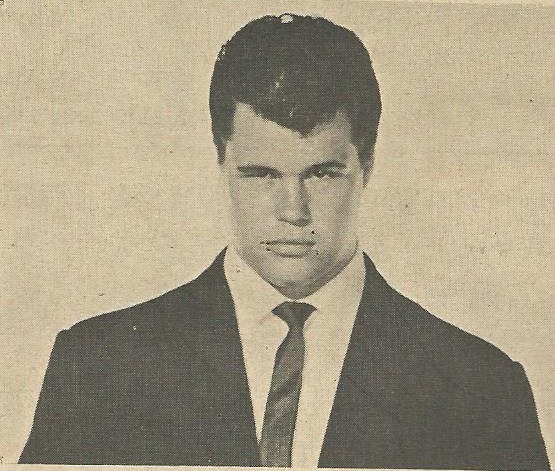
The show established new national attendance and gate records. An estimated 38,000 people paid $128,000, and saw Rogers beat O’Connor in two-of-three-falls for the NWA Title. Davis was responsible for a giant portion of the draw, plus had set in motion the political push to get Rogers the world championship. His achievements were undeniable, and he was but 23 years old. Over the next year-and-a-half, the Davis-Rogers duo was unstoppable. They toured incessantly, and Davis continued to instigate fans with a natural zest previously unseen in pro wrestling. His eloquent style of speech, classy attire, and arrogant smirk easily got under the skin of TV viewers, and many people bought tickets with the hopes of seeing Davis get his comeuppance.
Davis’ antagonistic ways never ceased, though. Toward the end of 1962, after months of both success and controversy, Rogers started to deal with a private health problem. He was suffering from chest pains, which were becoming gradually more significant. Davis, understanding the gravity of the situation, prodded Rogers to seek medical attention, but the champion refused. After all, he’d worked his entire life to get to the spot he was now in, and he didn’t want to give up the championship. But Davis wouldn’t let up. He told Rogers that if he didn’t get the help he needed, he’d leave his side. When Rogers called his bluff, Davis walked away and left the wrestling business.
The sudden move stunned fans who expected to see Davis by Rogers’ side. Newsstand magazines printed rumors and speculation about his disappearance, but none of them were accurate. After all, Rogers was keeping his health issue secret. Davis returned to Ohio and went into real estate. His wife gave birth to their first child, and he enjoyed a quiet life away from the squared circle. He kept in contact with Rogers, and by April 1963, Rogers was at the breaking point Davis feared. Rogers was at great risk for a fatal heart attack. With very limited physical ability, he appeared at Madison Square Garden in May 1963 and lost the WWWF belt to Bruno Sammartino (Rogers had lost the NWA Title in January to Lou Thesz).
Davis was concerned for his friend, but there was little he could do. He prospered in real estate, but a return to wrestling beckoned. During the summer of 1963, he returned to the WWWF, and over the next few years, he managed a host of individuals, beginning with Gorilla Monsoon. Davis was proud of the kayfabe story used with regard to his “discovery” of Monsoon, printed in a major wrestling publication. It was an outrageous tale, but demonstrated his off-the-cuff creativity.
For years, Davis had displayed his physicality in the ring, even as a manager, but a 1960 incident in Bridgeport curtailed his mobility. On August 17, 1960 at the City Arena, he took an awkward splash from the 600-pound Haystacks Calhoun. Davis suffered three fractured vertebrae in his lower back and remained in St. Vincent’s Hospital for over two weeks, receiving 21 shots of morphine during that time. This back injury would hamper him for the rest of his life.
Late in the 1960s, Davis was involved with the Wrestling Show Classics promotion in Ohio, and even convinced Rogers to perform in several brief televised matches. The operation was short lived, and Davis once again retired, concentrating on the sale of commercial and industrial real estate in the Columbus region. In 1976, he uprooted his family and moved to Bakersfield, California, where he went into the food business. With a partner, he bought the Wendy’s franchise rights to Central California, and built a small empire of restaurants, earning well over $5 million a year. The success was a testament to his eternal motivation, and once again, Davis proved to be a winner.
As a businessman, Davis was always willing to self-improve. In fact, he learned the food industry from the ground up, and stressed the importance of customer service and overall restaurant appearance to his employees. Attention to detail was one of his strong suits, and he would often go out of his way to view his restaurant from the perspective of a potential customer. That way, he’d ensure patrons were getting the first-class treatment he felt they deserved, and hopefully earn their repeat business.
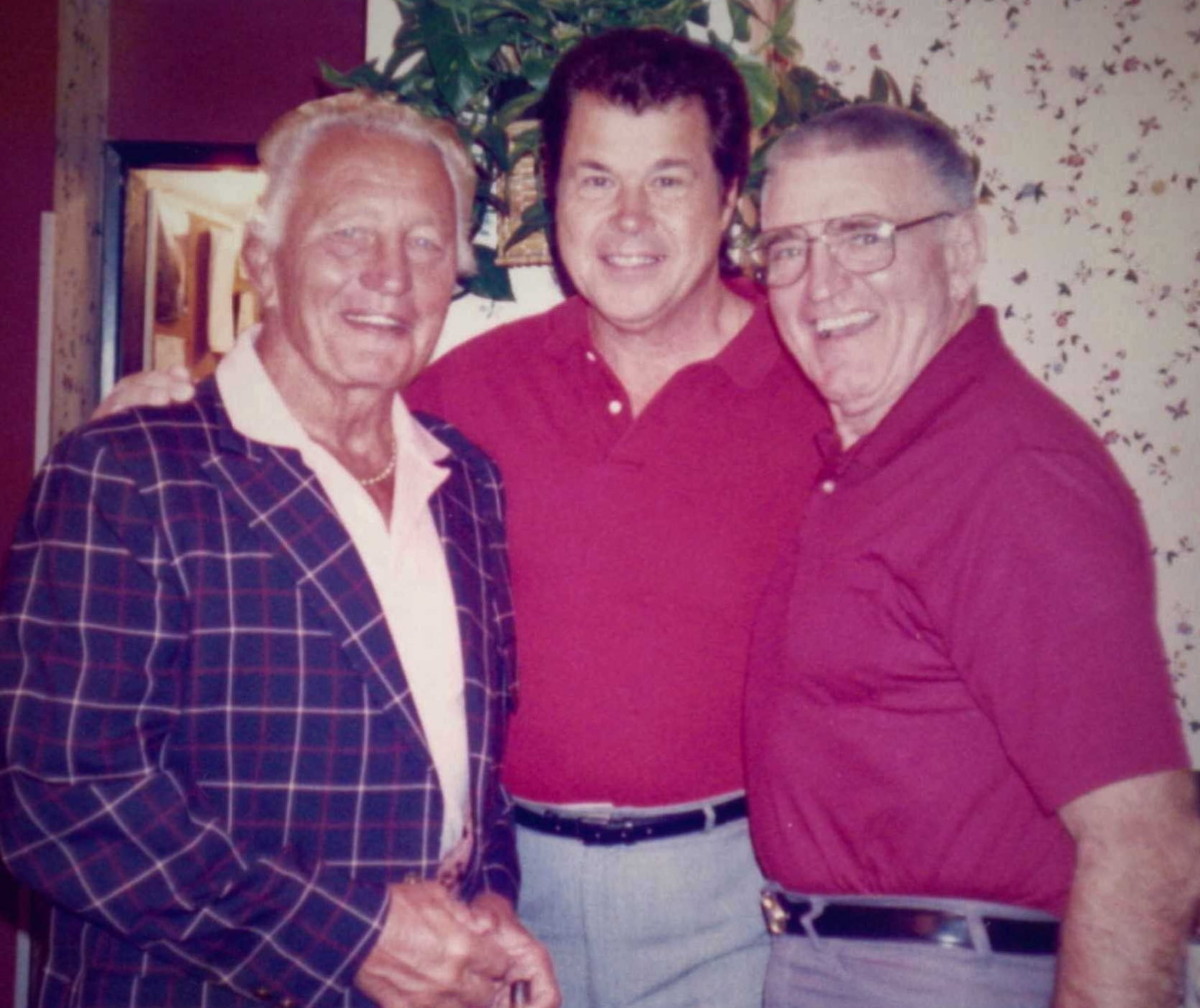
Buddy Rogers, Bobby Davis and Don Curtis at a Cauliflower Alley Club banquet at Studio City, in Los Angeles. Courtesy Dotty Curtis.
Those wrestling fans who remembered Davis from his heyday never forgot his innovative style and achievements. Many managers during the 1970s and ’80s developed many of the same qualities that he pioneered. For instance, Bobby Heenan was a smooth talker with a similar willingness to not only bump, but bleed to sell the carnage. Other managers smart to the history of the business recognized his importance in the evolution of the position. Davis made it cool to be a manager, and because of his efforts, the job wasn’t just about standing in the background, it was a spot right up front and on the microphone.
Ultimately, Davis retired from the food industry and settled in Texas with his wife, Sylvia. The loss of his longtime pal, Rogers, in 1992, took an emotional toll, as well did the deaths of his friends, Dave Thomas and Merle Haggard. Few people knew it, but Davis was a big country music fan, and played the rhythm guitar. He also sang a bit. As years went by, Davis followed wrestling from a distance, but always kept his mind on the sport he loved. He spent time training Adrian Adonis in Bakersfield during the 1980s, and attended a 1992 Cauliflower Alley Club dinner. Two years later, he ventured to Baltimore and inducted Rogers into the World Wrestling Entertainment (WWE) Hall of Fame. Despite his reluctance to make a full-time return, Davis still liked to reminisce about the old days, and did keep in touch with a few old wrestling friends, calling the likes of George Scott and Sweet Daddy Siki.
Flash forward to 2018. My initial conversations with Davis were revealing, but I understood his natural protective instincts toward wrestling. I was an outsider, and he didn’t know me all that well. He was always polite and kind, but he was guarded. After a few conversations, I could tell that we were forming a friendship beyond discussions about Rogers and the happenings in the 1950s and ’60s. Soon, we were talking several times a week, and most of our discussions were not even about the grappling profession. We were hanging out on the phone together just like two old friends. And considering his great success in every profession he worked in, I listened to his every word – hoping it would rub off. But better yet, I was there because we were pals.
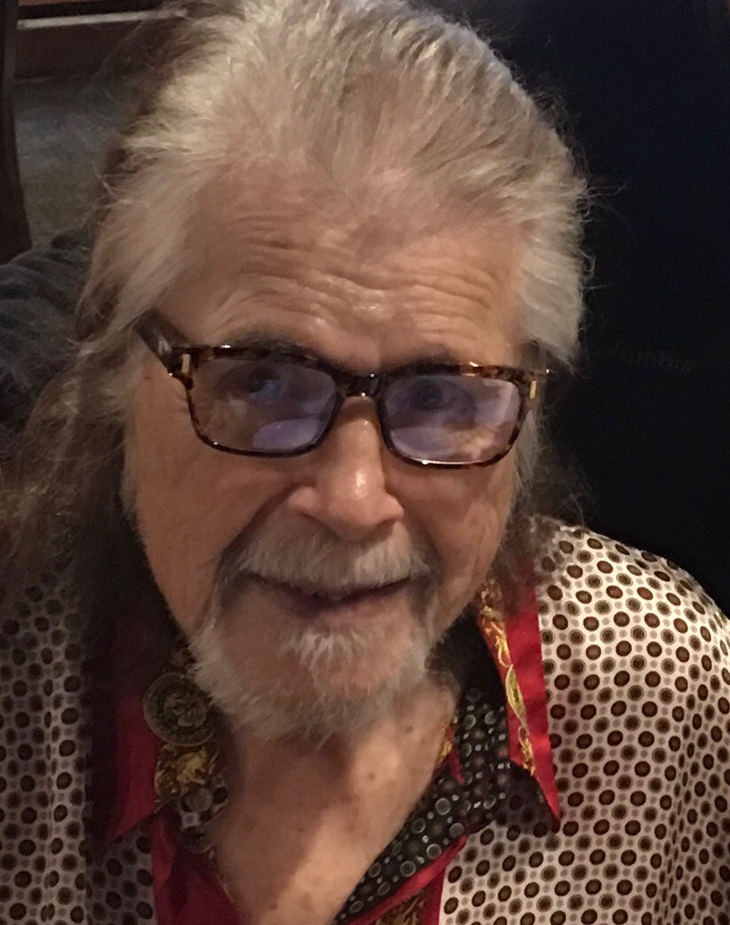
A recent photo of Bobby Davis.
Davis was strong to his core. He dealt with decades of pain from the injury suffered in the ring with Calhoun. He survived several major health concerns and bounced back with the attitude and enthusiasm of a much younger man. In late 2020, Davis began to contend with a new series of ailments, and as fate would have it, in wrestling lingo, it was his third fall. On the morning of January 6, 2021, he told his wife he loved her as she went to work. A few hours later, he was found deceased of natural causes.
The news was crushing. But in celebration of Davis’ life, his faithful fans will forever look back and cherish his legendary career. Those close to him will fondly remember his infectious laughter and witty jokes. Everyone can now understand that Davis always had a true and undeniable wrestling heart. To the great Davis, with his endless swagger and love for life, he was a legend to the very end.
Davis is survived by his wife, Sylvia, and daughters Erin Davis Henson, Robin Davis, and Katie Davis, and stepson, Antonio Lozano, plus grandchildren, Aiden and Allie Hall, Sarah Davis, and Ethan Lozano. He was predeceased by his son, Robert Glenn Davis.
– Thank you to Sylvia Davis and Antonio Lozano for their help with this article. Files from Greg Oliver were also used.
RELATED LINK
Mat Matters: The quizzical calls from Bobby Davis (1937-2021)
